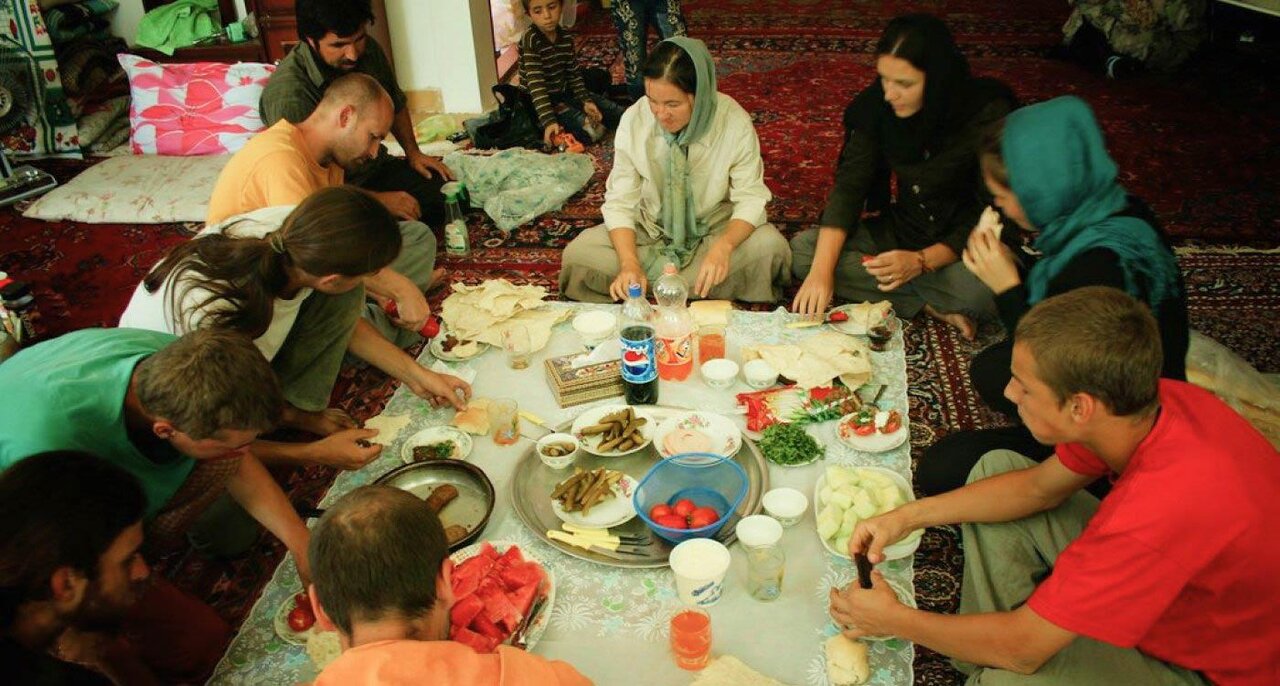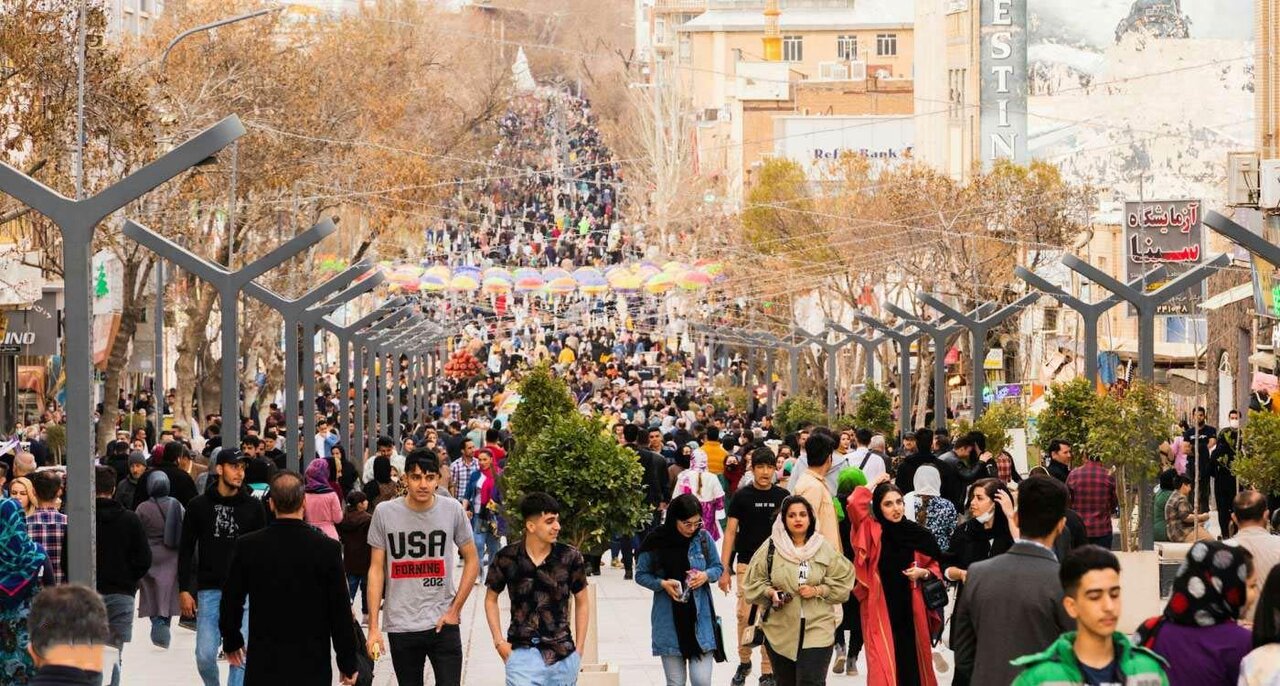Everything You Need to Know About Iranian Customs and Etiquette!

Iranians understand that visitors may not be fully versed in their local etiquette and customs. They’re typically aware of and open to Western culture, making efforts to accommodate and embrace it. Curious about the nuances of Iran’s etiquette and local culture? Or are you planning to explore Iran’s ‘must-see’ attractions from a unique perspective?
Picture yourself as a guest in a new friend’s home. Cultural differences might lead to some unfamiliar etiquette scenarios, something that nobody wants. In your culture, certain actions might be acceptable, but they could be unusual for your host. While Iranians are known for their warm and hospitable nature (they’re unlikely to take offense easily), wouldn’t you prefer to navigate these cultural nuances smoothly?
Iran’s warmth extends beyond hospitality; it’s a welcoming destination for all travelers. As a mindful traveler, gaining insight into the cultural norms of your destination is invaluable.
Navigating the subtleties of what is considered polite or impolite in Iran can be challenging for foreigners. That’s why at IranAmaze, we’ve compiled a list of the top ten etiquette tips to guide you through your Iranian journey.
1. Respect the Dress Code

Iran has a modest dress code, particularly for women. While the rules are more relaxed for tourists, it's respectful to adhere to local customs. This means wearing clothing that covers your arms and legs, and for women, a headscarf is required. Avoid wearing shorts and tank tops, especially in public spaces.
2. Greetings and Handshakes
In Iranian culture, greetings are important and reflect politeness and respect. Learn basic Persian greetings like "Salaam" for hello and "khoda hafez" for goodbye. When it comes to handshakes, be aware of cultural norms. Men typically shake hands with other men, while women shake hands with women. However, wait for the other person to extend their hand first, especially if it's someone of the opposite gender.
3. Dining Etiquette
In traditional settings, like restaurants with "Takht" seating, remember to remove your shoes. Respect smoking policies and be aware that tipping is not widespread but appreciated. When sharing dishes, use serving utensils and try to finish your plate, as leaving food may be seen as wasteful.
4. Understanding Persian Tarof
Taarof is a unique aspect of Iranian culture that can be complex for foreigners to navigate. Essentially, it involves polite refusal or insistence on offering something, even if it's not genuine. For example, if someone offers to pay for your meal, they may expect you to refuse initially out of politeness.
5. Respect Religious Customs
During significant events like Muharram and Ramadan, be respectful of local customs and traditions. During Ramadan, refrain from eating, drinking, or smoking in public during daylight hours out of respect for those who are fasting. When visiting mosques and shrines, dress modestly and follow guidelines for behavior, such as removing shoes before entering and being respectful of worshippers.
6. Social Customs and Hospitality
Iranian hospitality is renowned worldwide, and being invited to someone's home is a common occurrence for visitors. When invited, it's customary to bring a small gift for your host, such as flowers or pastries, as a token of appreciation. Remove your shoes when entering the home and greet all members of the household warmly. Expect to be offered food and drink, and accept graciously, even if you're initially hesitant. This reflects the concept of Taarof mentioned earlier.
7. Bathroom Etiquette
Many traditional Iranian homes have separate areas for toilets and bathing. In public bathrooms, be prepared to use water instead of toilet paper for cleaning. Always remove your toilet slippers before leaving the bathroom. In newer facilities, Western-style toilets may be available, but it's always best to check beforehand.
8. Handling Curiosity
Iranians are known for their curiosity and friendliness towards foreigners. Don't be surprised if locals ask about your background, opinions, or even personal topics like income or age. These questions are often asked out of genuine interest and can lead to meaningful conversations and cultural exchange. Embrace these interactions as opportunities to connect with locals and learn more about Iranian culture.
9. Addressing People with Respect
In Iranian culture, showing respect to others, especially elders, is important. Addressing someone by their name followed by a respectful title like "Agha" for men or "Khanom" for women is customary. Avoid addressing elders by their first name without using a title, as this may be seen as disrespectful.
10. Respectful Exchange of Objects
When giving or receiving objects, use both hands as a sign of respect, especially when interacting with older individuals. This gesture demonstrates courtesy and acknowledgment of the other person's importance. However, when exchanging objects with friends, using one hand is acceptable and reflects a more casual interaction.
Final Thoughts
Iranian customs and etiquette reflects the country's rich culture and traditions. From how people dress to how they greet guests, these customs show what's important to Iranians. Following Iranian etiquette means being respectful and understanding of their ways. Whether it's saying hello warmly, understanding Taarof, or respecting religious practices, visitors can make the most of their time in Iran by embracing these customs.
Source:
Leave a Comment